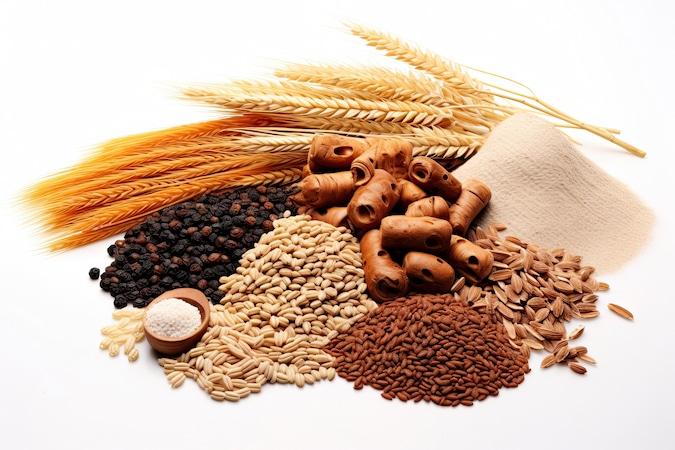
Easy Ways to Avoid Sodium for Better Health

Excess sodium intake can negatively impact heart health, raise blood pressure, and increase the risk of stroke. Thankfully, avoiding too much sodium doesn’t mean sacrificing flavor or drastically overhauling your diet. In this article, we’ll explore practical and sustainable tips for reducing sodium in your meals and snacks.
Here’s what we’ll be covering:
- The hidden sources of sodium in everyday foods.
- Easy swaps to enjoy your meals with less sodium.
- Tips for dining out and shopping wisely.
- Long-term health benefits of managing sodium intake.
Understanding the Impact of Sodium on Your Health

Sodium is an essential nutrient, but excessive amounts can lead to serious health issues like high blood pressure, kidney disease, and heart problems. The recommended daily intake is no more than 2,300 milligrams (about one teaspoon of salt), yet many people consume far more.
Start taking control of your health by exploring SelfGood for additional health and wellness solutions.
Hidden Sources of Sodium in Your Diet
Many processed foods contain high levels of sodium, often without an obvious salty taste. Common culprits include:
- Bread and baked goods.
- Canned soups and broths.
- Deli meats and sausages.
- Condiments like soy sauce and ketchup.
- Frozen meals and pizzas.
Tips to Reduce Hidden Sodium:
- Read food labels and choose products with less than 140 mg of sodium per serving.
- Rinse canned vegetables and beans to remove excess salt.
- Use herbs and spices as flavorful alternatives to salt.
Cooking with Less Sodium at Home
Cooking at home allows you to control the amount of sodium in your meals. Here are some tips to make healthier choices:
- Swap table salt for salt-free seasoning blends.
- Use fresh or dried herbs like basil, oregano, or rosemary for flavor.
- Choose low-sodium or no-salt-added versions of common ingredients, such as tomato sauce and chicken broth.
For more inspiration and ideas, check out our blog packed with health tips to elevate your lifestyle.
Smart Dining Out Strategies
Restaurant meals are notoriously high in sodium, but you can still make healthier choices:
- Ask for sauces and dressings on the side.
- Request your meal to be prepared without added salt.
- Opt for grilled, steamed, or baked dishes instead of fried options.
- Avoid dishes with words like “smoked,” “cured,” or “marinated,” as they usually indicate higher sodium levels.
Shopping for Low-Sodium Foods
Navigating the grocery store can be overwhelming, but following these tips can simplify the process:
- Shop the perimeter of the store where fresh produce, lean proteins, and dairy are located.
- Avoid pre-packaged snacks and meals loaded with preservatives.
- Look for products labeled “low sodium,” “reduced sodium,” or “no salt added.”
Why Managing Sodium Matters
Reducing sodium intake offers numerous benefits, such as:
- Lowering blood pressure.
- Reducing the risk of heart disease and stroke.
- Improving kidney function.
- Supporting overall well-being.
Understanding your health insurance options can make managing medical costs and preventative care easier. Explore health insurance plans by state to ensure you’re prepared for the future.




